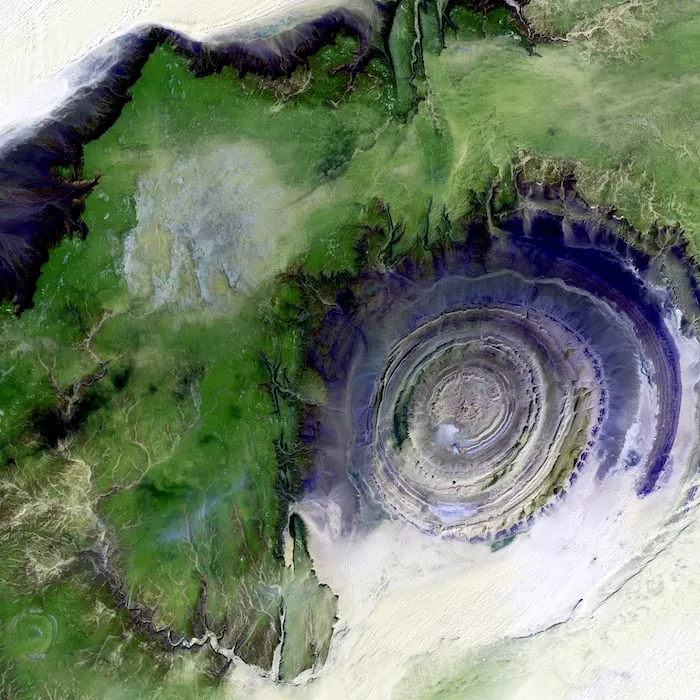Different parts of the world have natural disasters face sometimes that cause a lot of damage to their lives and properties but they have no power over the situation they just have to accept the situation and find ways to continue their lives and probably start afresh. I will say in this part of the world, Africa to be precise we have limited natural disasters which makes life a bit easier for us even though we have difficulties we go through daily. Natural disasters can be floods, typhoons, hurricanes, earthquakes, and lots more. All these natural disasters lead to the loss of lives whenever they occur and it causes a nation's economy to drop drastically. Join me as I will be enlightening us more about this natural disaster and its effects on humans.

Firstly, I will be talking about tornadoes, a tornado is a mobile, destructive vortex of violently rotating winds having the appearance of a funnel-shaped cloud and advancing beneath a large storm system. According to research, I found out there are five(5)types of tornadoes which are:
Rope tornadoes:- these are the smallest and most common among the tornadoes just like their names they are rope-like.
Cone tornadoes:- they are more dangerous than rope tornadoes they leave wider paths and lots of trails of damage.
Wedge tornadoes:- they are the largest and most destructive type of tornadoes, they are half wide and greater.
Multi-vortex and satellite tornadoes:- multi-vortex tornadoes mean two or more little areas are swirling around the main parent circulation while satellite tornadoes are the second tornado formed they are rare and can cause trails of damage.
Water spouts and land spouts tornadoes:- they look alike and are weaker in strength but can also cause great damage.
Tornadoes come in different shapes and sizes, they are destructive mother nature forces.

The above picture signifies what a hurricane looks like. Hurricane is a storm with a violent wind, a particular tropical cyclone in the Caribbean. Hurricanes are classified by categories which are :
- Category 1: winds of 74- 95 mph ( 119-153km/h)
- Category 2: winds of 96- 110 mph ( 154- 177km/h)
- Category 3: winds of 111- 129 mph (178- 208km/h)
- Category 4: winds of 130- 156 mph ( 209- 251km/h)
- Category 5: winds exceeding 157 mph (252km/h)
Hurricanes are also known as tropical cyclones because they originate over the earth's tropical ocean. If it's above the North Atlantic, central north Pacific, or eastern North pacific oceans ( Florida, Caribbean islands, Texas, and Hawaii )they call it a hurricane. If it hovers over the Northwest pacific ocean(usually East Asia ) they call it a typhoon so we can say both hurricane and typhoon are the same. People affected by this force gave it different names such as hurricane Katrina, hurricane Ian, hurricane Irvin, Hurricane Harvey, hurricane Nicholas, hurricane Franklin, and lots more.

Image source
This type of natural disaster is also common here in Africa. It's been, witnessed in Lagos state every rainy season, Lagos is a state surrounded by water so therefore flood is inevitable for them. This also leads to the loss of lives and damage to properties. The government has been trying to find lasting solutions to flooding in some areas of the state but they are yet to find what solution will befit such a disaster. In a well-advanced country, they monitor the activities of these natural forces, and they move to action immediately they see any sign of it. Before it comes, provisions would have been made available to counter it and make the damage less effective. God has been so good to us in Nigeria we don't experience most of these natural forces which have helped to reduce our fear of unintended natural disasters.